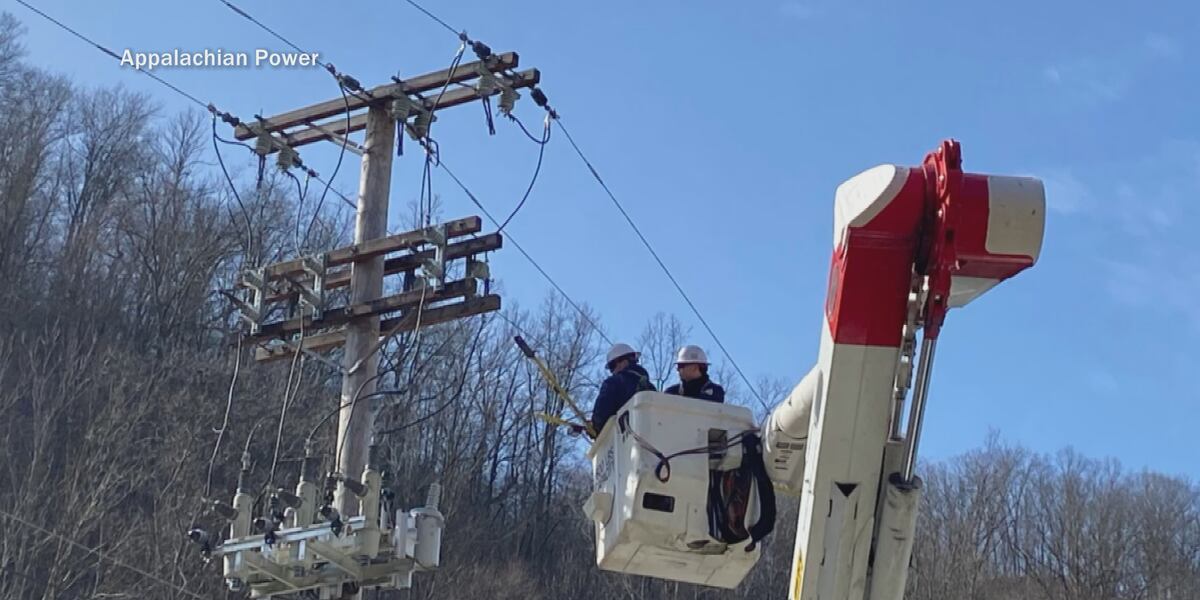Google Veo 3: AI Video Creation Tool Sparks Excitement and Job Security Concerns in Hollywood

Google's Veo 3: A Game-Changer for Video Creation?
At the highly anticipated Google I/O 2025, Google unveiled Veo 3, a groundbreaking AI technology poised to reshape the landscape of video creation. This innovative tool allows users to generate high-quality videos from simple text prompts or even images, complete with seamlessly synchronized audio. The implications of this technology are far-reaching, sparking both excitement and apprehension within the film and creative industries.
Democratizing Video Creation: Empowerment for Everyone
One of the most compelling aspects of Veo 3 is its potential to democratize video creation. Previously, producing professional-looking videos required significant investment in equipment, software, and skilled personnel. Veo 3 dramatically lowers the barrier to entry, enabling individuals, small businesses, and content creators with limited resources to produce compelling video content. Imagine a small business owner creating engaging marketing videos without hiring an expensive production team, or an educator producing dynamic lessons for their students. The possibilities seem endless.
The Hollywood Debate: Will AI Replace Filmmakers?
However, the introduction of Veo 3 hasn't been without its critics. Concerns are swirling within Hollywood about the potential impact on jobs. Will AI-powered video generation tools like Veo 3 displace filmmakers, editors, and other creative professionals? The debate is fierce, with some arguing that AI will simply augment human creativity, allowing filmmakers to focus on higher-level tasks like storytelling and directing, while others fear a significant reduction in employment opportunities.
Veo 3's Capabilities: Beyond Simple Generation
It's important to understand the sophistication of Veo 3. It's not just about generating random clips; it leverages advanced AI models to understand context, create coherent narratives, and even adapt to different artistic styles. The synchronized audio component is particularly impressive, automatically generating voiceovers and background music that complement the visuals. Google showcased impressive demos, highlighting Veo 3’s ability to create everything from short promotional videos to longer-form narrative content.
Netizen Reactions: A Mixed Bag
Online reactions to Veo 3 have been equally diverse. Social media platforms are buzzing with discussions, ranging from enthusiastic praise for its creative potential to anxieties about job displacement. Many early adopters are eager to experiment with the technology, while industry professionals are cautiously assessing its long-term impact. The hashtag #GoogleVeo3 is trending, filled with both excitement and skepticism.
The Future of Filmmaking: Collaboration, Not Replacement?
Ultimately, the future of filmmaking will likely involve a collaborative relationship between humans and AI. Veo 3 and similar technologies can be powerful tools for streamlining workflows, automating repetitive tasks, and exploring new creative avenues. However, the unique human elements of storytelling—emotional depth, nuanced performances, and artistic vision—are unlikely to be fully replicated by AI anytime soon. The key will be for filmmakers and creative professionals to adapt and embrace these new tools, leveraging their capabilities to enhance their own skills and create even more compelling content. The evolution of filmmaking is underway, and Google’s Veo 3 is undeniably a significant catalyst.






